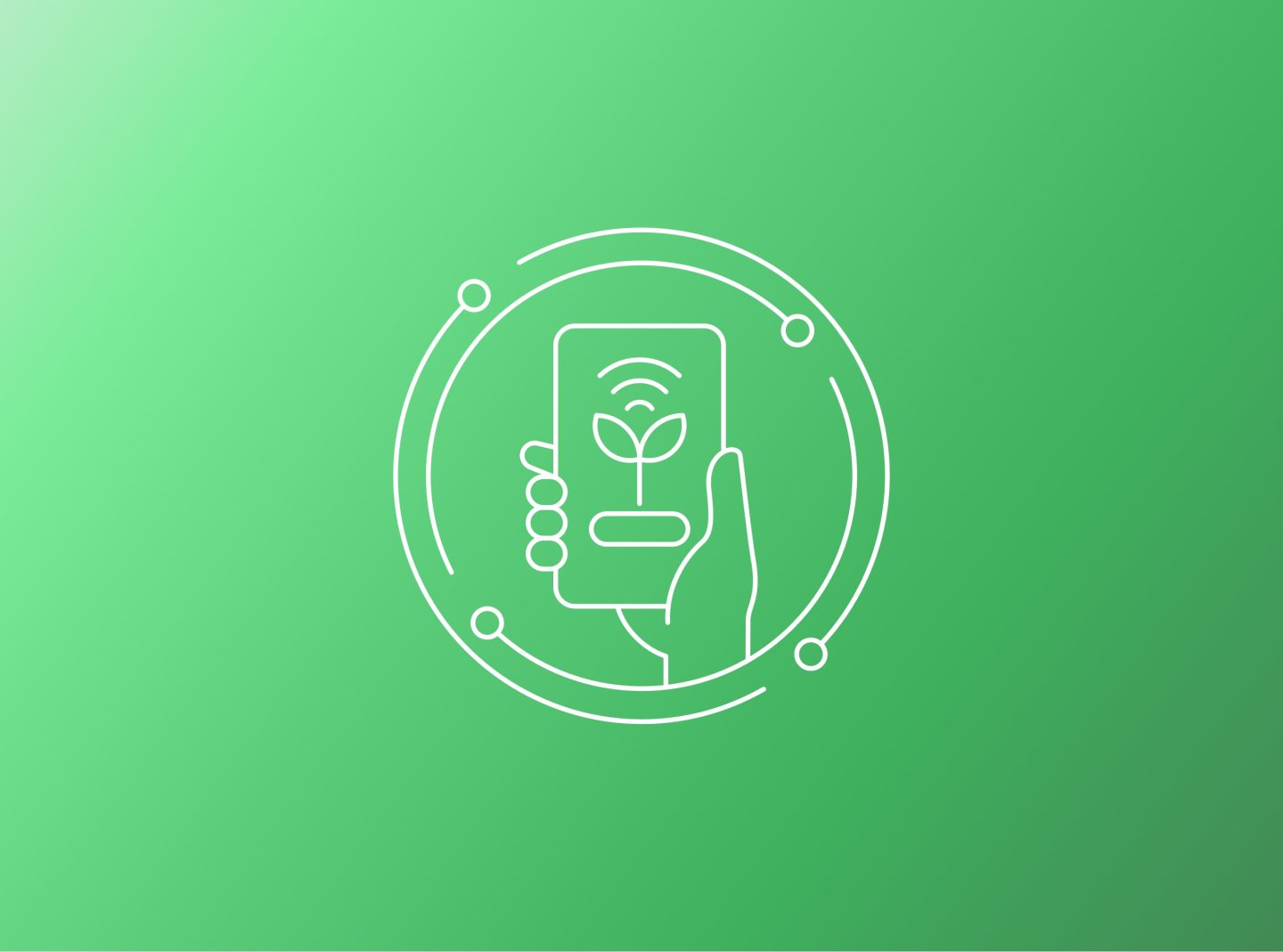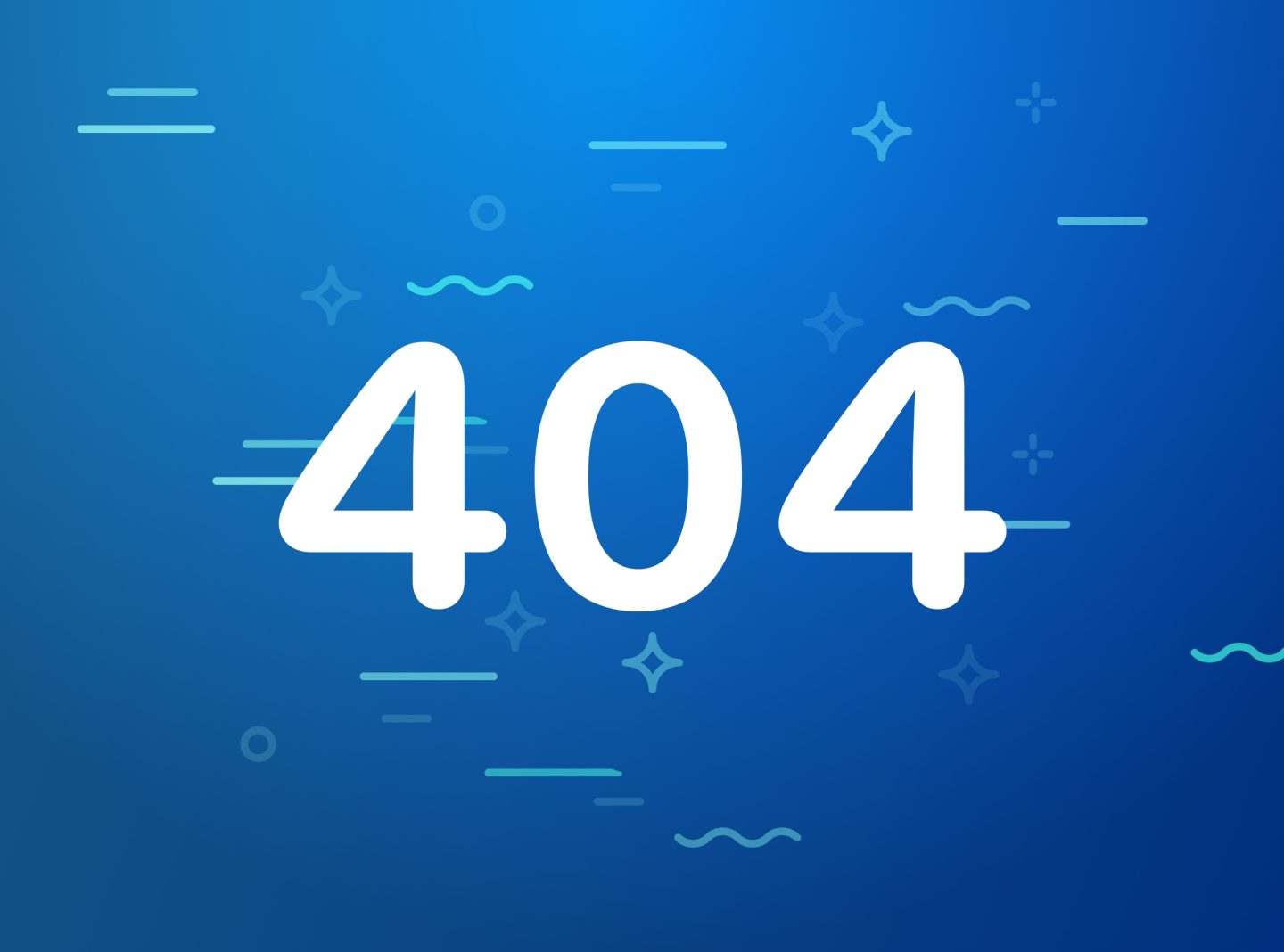Project management is one of the most critical procedures when starting a project. A well-managed project leads to a good project. Besides that, it is helpful for you and/or your team, it also assists in a more satisfied client. Firstly, let’s see why.
The project plan makes everyone happy. The project will run smoothly because everyone should know what to do, and the client will know what to expect.
You and your team know:
- who and what should do
- when to deliver each task
The client knows:
- all the projects specs
- timeline and delivery deadline
The Project Proposal, which is also critical for a promising project, keeps your team and client more confident about the work and the result. Everything starts with this agreement which sometimes can also include the project plan.
Additionally, the project plan depends on how big your team is. If you are a freelancer, everything is up to you. But still, it is useful for you and the client. On larger teams, the plan would be more vital. Not only could the whole team be synchronized and collaborate, but the client could also talk to the right person for every task.
So, let’s see all the necessary steps for creating the right project plan for website development.
1. Discuss with the client and set project goals
There is no good project without good communication and understanding between the team and the client. Of course, this step implies the agreement to the terms of the proposal first.
Every project should determine its purpose, audience, and information, such as data provided by the client, deadline, and budget. All these will draw the website frame.
The client company must specify what likes and needs to see on the website. Real-case website designs provided by the client are practical too. Plus, you have to meet the person from the client company that will make the decisions.
This phase is important because it can conserve the requirements for both sides. So, the client cannot complain later that asking for something different from what you have provided.
2. Define the Project Manager
The project manager will be the person behind the planning, organizing, implementing the research, and talking to everyone to set everything accurately. The manager will be responsible for checking for team members’ availability and assign tasks respectively.
This role is to moderate the whole procedure to ensure that the desired result will be delivered on time. Also, this person is the one who communicates with the client and the team for ongoing audits kai possible modifications.
The project manager usually is a person from your team, such as a senior member. Although, you can also hire a freelancer if there is no time for the team to handle this work.
3. Pick the tool for project management
The Project Management Tool is essential for planning, setting the tasks, tracking overview, communication between the team and client, and client reviews. All in one file or application.
This tool, in addition to saving much time and effort for the project manager, is also helpful for the rest participants.
You can use a simple sheets file if the team is small and the project is not complicated. Google sheets are also an option that you can moderate the ongoing process, and everyone can see or add a status or comment. However, this is a simple way to create your project plan. Maybe you would need something more advanced.
There are online tools where you can moderate everything with many features and options to help you communicate, audit, and schedule the work.
Some of these are ClickUp, Asana, and Monday.com software.
ClickUp is a tool for all the tasks that a company has. Except for project management is also to chat, communicate, set tasks and assignees, send files, schedule, and define goals for every team member in your team. There is also the option for the client to participate in this tool as a guest.
Our Agency uses the ClickUp application for project management.
Asana is also a tool where you can organize work for the whole team. You will also find the possibility to set tasks, roles, and timelines and start conversations between the members. There is also the option to add customers and audit workflows.
Monday.com also provides detailed project management and collaboration between members.
Last, in all these applications, you will find an extra feature of integrations such as Google Drive, Dropbox, Zoom, and more.
You can find many more tools on the net depending on your needs and budget.
4. Specify all the tasks for the project completion
Here you have to think about everything. Everything that takes some time must be included to calculate time and justify the budget.
Tasks should be divided into the following, some of which will contain subtasks.
- Research, specify the company audience, and build company brand/idea (logo, colours, fonts)
- Get the website domain and hosting (if not provided by the client)
- Content creation (if not provided by the client)
- Design
- Development
- Testing and optimization (functionality, responsiveness, SEO, performance)
- Website launching
- Additional tasks that the client might need
5. Set the timetable and delivery deadlines
In this stage, you must estimate the time for every task. You need to consider the time every team member will take to deliver each part. The project manager has to ask the team members their opinion on the estimated timetable.
You must be careful because the wrong estimation can lead to unsatisfied customers and less confident team members.
Conclusion
Having listed all these tasks that need to be accomplished and the benefits of a project plan, I believe I would have persuaded you to build one on your next project and move your company a step forward.
Greatives team creates top-rated, premium, and multipurpose themes you can use on your next project. Themes which are a win-win situation for every professional WordPress website.



